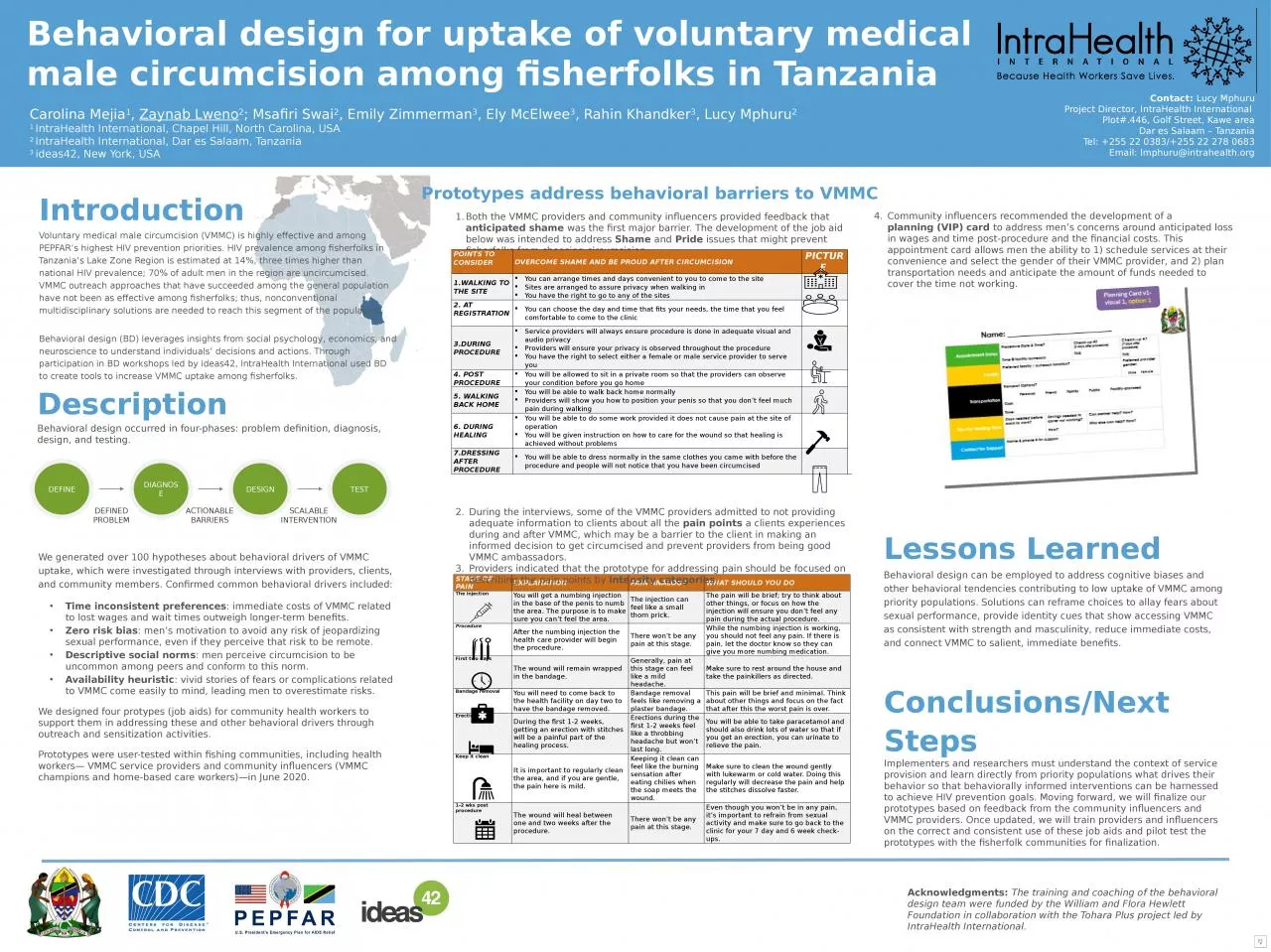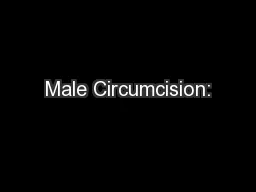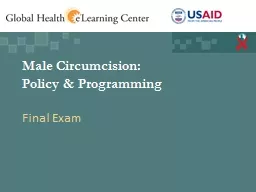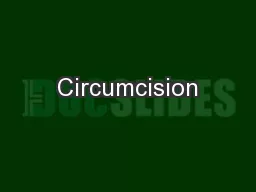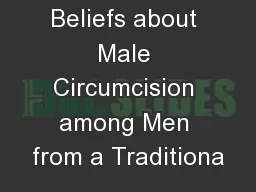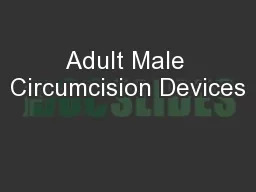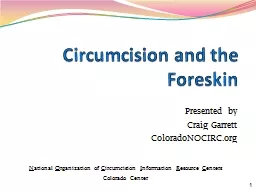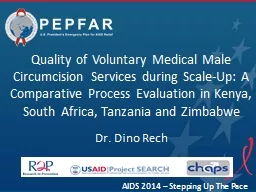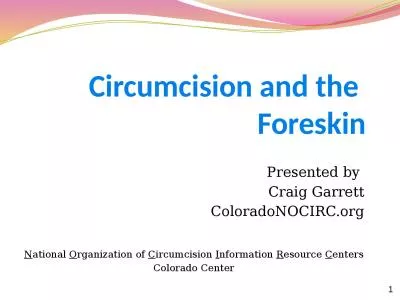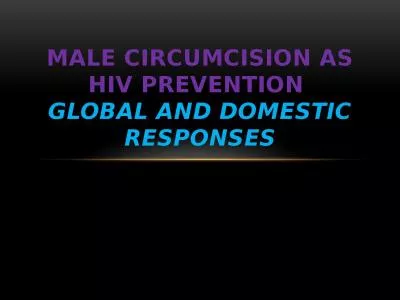PPT-Behavioral design for uptake of voluntary medical male circumcision among fisherfolks
Author : ida | Published Date : 2024-02-02
Introduction Voluntary medical male circumcision VMMC is highly effective and among PEPFARs highest HIV prevention priorities HIV prevalence among fisherfolks in
Presentation Embed Code
Download Presentation
Download Presentation The PPT/PDF document "Behavioral design for uptake of voluntar..." is the property of its rightful owner. Permission is granted to download and print the materials on this website for personal, non-commercial use only, and to display it on your personal computer provided you do not modify the materials and that you retain all copyright notices contained in the materials. By downloading content from our website, you accept the terms of this agreement.
Behavioral design for uptake of voluntary medical male circumcision among fisherfolks: Transcript
Download Rules Of Document
"Behavioral design for uptake of voluntary medical male circumcision among fisherfolks"The content belongs to its owner. You may download and print it for personal use, without modification, and keep all copyright notices. By downloading, you agree to these terms.
Related Documents

